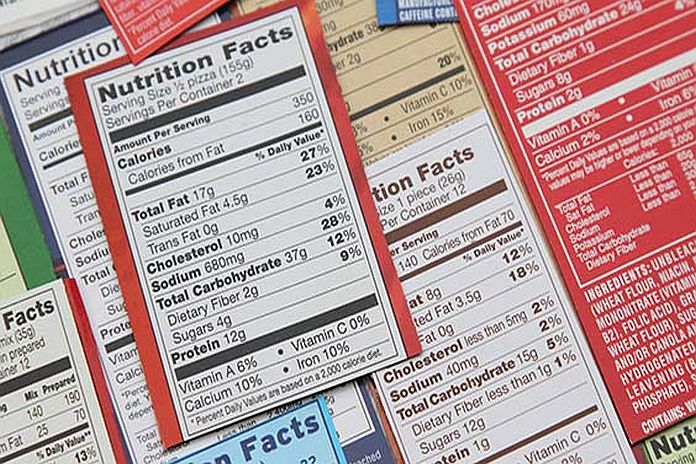PORT OF SPAIN, Trinidad, (CARPHA) – The Caribbean region has been undergoing a nutritional transition. This is reflected in a shift in diets away from indigenous staples, locally grown fruits, vegetables, legumes, to diets with excessive amounts of added sugars, fats/oils and sodium, and often more alcohol.
Overweight/obesity are major risk factors and drivers of the non-communicable diseases (NCDs) epidemic in the Caribbean region. Unhealthy diets are increasingly being recognised as the leading cause of NCD mortality. Due to the availability and abundance of food there is overconsumption, including processed foods.
Caribbean Nutrition Day is observed annually on June 1. The aim of this day is to create an awareness of the importance of healthy eating and active living towards reducing this burden of disease among our Caribbean communities.
This year’s theme Healthy Eating Active Living: Be a Good Label Detective – Read It Before You Eat It! focuses on the importance of improved consumer health literacy. In light of the COVID-19 pandemic and the repercussions of this unprecedented event, now more than ever, consumers need to understand nutrition label language and how to negotiate the front and back of package labelling. This year’s theme provides an opportunity for dietetics and nutrition practitioners across the Region to educate consumers on how to decipher nutrition label facts.
“Reading labels can help you make informed healthier food choices for you and your family, thereby improving your dietary habits. Before consuming any packaged food, it is recommended that you read the nutritional facts on the food label and decide if this is a food you should consume and how much of it you should eat,” stated Dr Tamu Davidson, head of chronic diseases and injury at the Caribbean Public Health Agency (CARPHA).
Through extensive multi-stakeholder consultations, the CARICOM Regional Organisation for Standards and Quality (CROSQ) has developed a draft CARICOM regional standard for specification for labelling of pre-packaged foods (2010) to incorporate front-of-package warning labelling specifications.
This draft standard is guided by the highest level of scientific research, which found that the octagon-shaped front-of-package warning label “High-IN” model based on the World Health Organization (WHO) nutrient profile model, is the best choice for protecting consumers. Octagon warning labels allow consumers to correctly, quickly and easily identify foods high in nutrients of concern- sugar, sodium, total fats, trans fats and saturated fats.
CARPHA along with international and regional public health partners recommend front-of-package warning labels as a key evidence-based policy measure to tackle obesity and NCDs.
In order to support a healthy food environment, CARPHA, in collaboration with its partners, continues to implement the 6-point policy package to reduce childhood obesity in the Caribbean, and share a tool to assist countries with implementing sodium reduction strategies in populations including food labelling.
CARPHA’s Parents’ Guide to a Healthier Child provides tips parents can use to ensure that their children have a healthy start in life. The brochure examines the daily percentage required from the six food groups, calorie counts of some favourite foods that are consumed in the Region, and how to read food labels.
CARPHA supports the implementation of the draft CROSQ standards for labelling of pre-packaged foods (CRS 5:2010), that Member States voted on May 31, 2021, for adoption.
The observance of Caribbean Nutrition Day originated from the former Caribbean Food and Nutrition Institute (CFNI), one of five Institutions subsumed under the Caribbean Public Health Agency.





